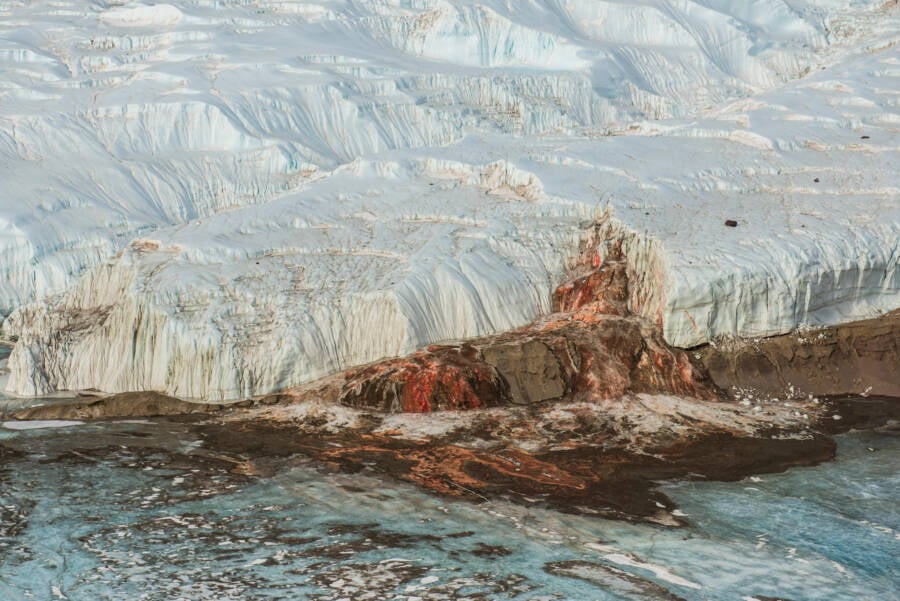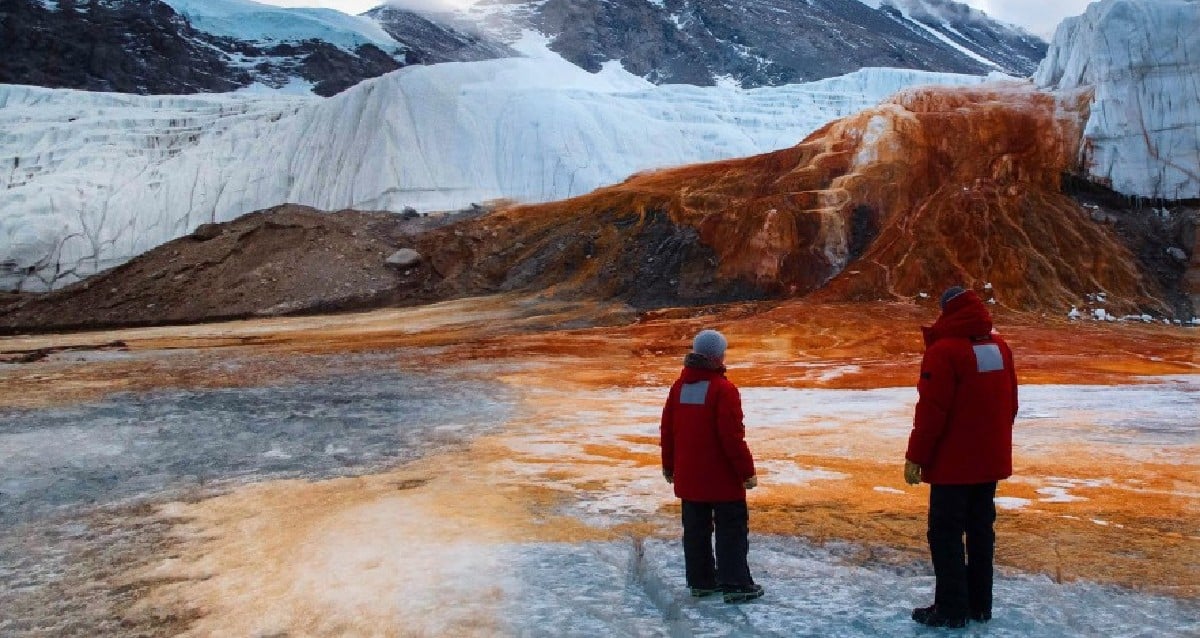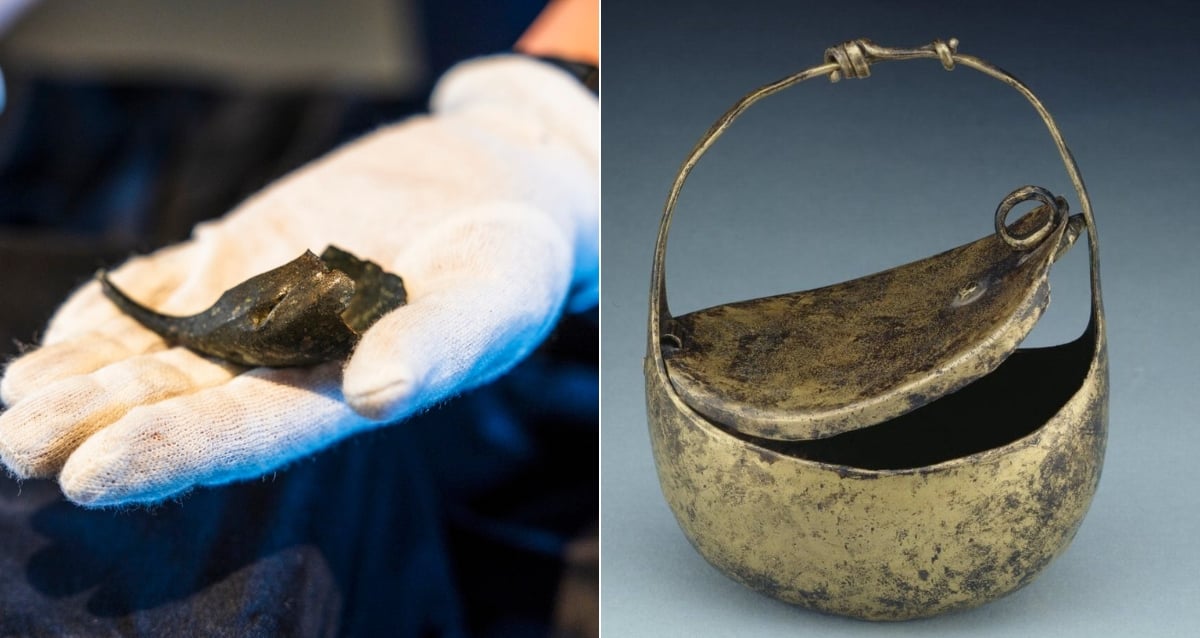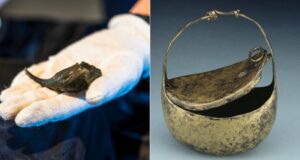Unveiling Antarctica’s Blood Falls: Is This Mysterious Glacier Hiding a Dark Secret?
Shockingly, this environment also allows for life — albeit on a microscopic scale. In fact, a study published in Nature Communications a full two years before Badgeley’s study had found that Blood Falls contained microbes living in extreme conditions in a way unobserved elsewhere on Earth.

Cavan Images / Alamy Stock PhotoBlood Falls as seen on Taylor Glacier.
That study also found that the water gushing out of Taylor Glacier was just the mouth of a system of aquifers that went down 600 feet beneath the surface. Based on this, experts believe it is likely that there is a deep, underground reservoir of salty water beneath the Antarctic permafrost. Though scientists have been able to trace some of this underground reservoir with electromagnetic pulses, the glacier’s thick ice makes it difficult to gauge its depth. It likely goes deeper than they can detect.
Lead author Jill Mickuki told the Washington Post in 2015 that this discovery could also have implications for potential life on other planets. She remarked: “The subsurface is actually pretty attractive when you think about life on other planets. It’s cold and dark and has all these strikes against it, but it’s protected from the harsh environment on the surface.”
As such, Blood Falls turned out to be even more fascinating than Thomas Griffith Taylor originally speculated. Far from being colored by algae, its color comes from an incredible hidden network of subglacial rivers and lakes, an wildly unique environment that we’re just beginning to understand.














Post Comment